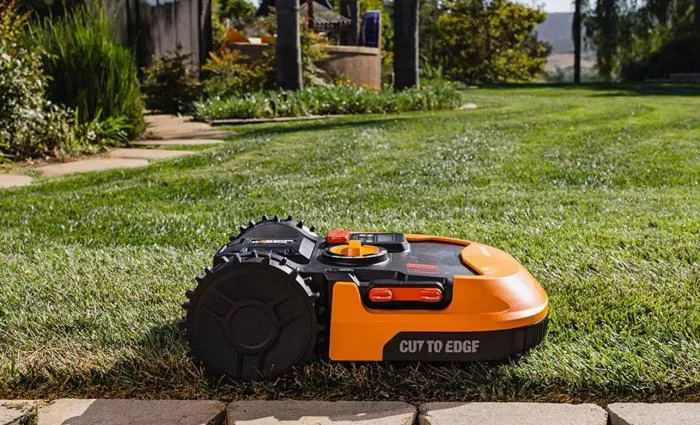As warmer months approach, homeowners face the annual challenge of maintaining their lawns. Selecting the right lawn mower can make the task efficient and hassle-free. With advancements in technology, today’s market offers a variety of options beyond traditional gas-powered models, including electric, robotic, and zero-turn mowers.
Yard Size Determines Mower Type
For small yards under an acre, push mowers—whether gas, corded electric, or battery-powered—are practical. Larger properties, especially those exceeding three-quarters of an acre, may require riding mowers or zero-turn models for faster and more efficient cutting.
Handling Grass Clippings: Discharge, Bagging, or Mulching?
Different mowers manage clippings in distinct ways. Side-discharge models scatter clippings back onto the lawn, while bagging systems collect them for disposal. Mulching mowers finely chop grass, returning nutrients to the soil. While mulching and bagging options provide a neater appearance, they often come at a higher cost.
Types of Lawn Mowers Available
Push Mowers: Gas vs. Electric
Gas-powered push mowers remain a reliable choice, with prices ranging from 730. Some models now feature electric starters, eliminating the need for pull cords.
Corded electric mowers (280) offer continuous operation but require an extension cord, which can be cumbersome around obstacles.
Battery-powered mowers (650) provide mobility but may need recharging or an extra battery for larger yards.
Self-Propelled Options for Easier Maneuvering
Available in both gas (2,400) and electric (750) models, self-propelled mowers reduce physical effort. Front-wheel drive is ideal for flat terrain, while rear-wheel drive handles uneven ground better, especially when bagging clippings.
Riding Mowers for Large Properties
Gas-powered riding mowers (3,900) dominate the market, though electric models (3,500) are gaining traction. These are best suited for lawns over three-quarters of an acre.
Zero-Turn Mowers: Precision and Speed
Popular among professionals and homeowners with extensive yards, zero-turn mowers (15,000) offer superior maneuverability around obstacles.
Robotic Mowers: Hands-Free Convenience
Automated models (2,400) work well on flat, smaller properties, cutting grass autonomously with minimal user input.
Additional Features to Evaluate
Deck Width: Push mowers range from 10 to 17 inches, while riding mowers span 30 to 66 inches.
Cutting Height Adjustment: Essential for seasonal lawn care needs.
Comfort Features: Adjustable handles on push mowers and ergonomic seats on riding models enhance usability.
Maintenance Costs: Gas mowers require fuel and oil, while electric models have fewer ongoing expenses.
Making the Final Decision
Before purchasing, assess yard size, clipping preferences, and who will operate the mower. Understanding these factors ensures a well-informed choice, leading to a healthier lawn and a smoother mowing experience. For further insights, explore comparisons between electric and gas-powered models.

